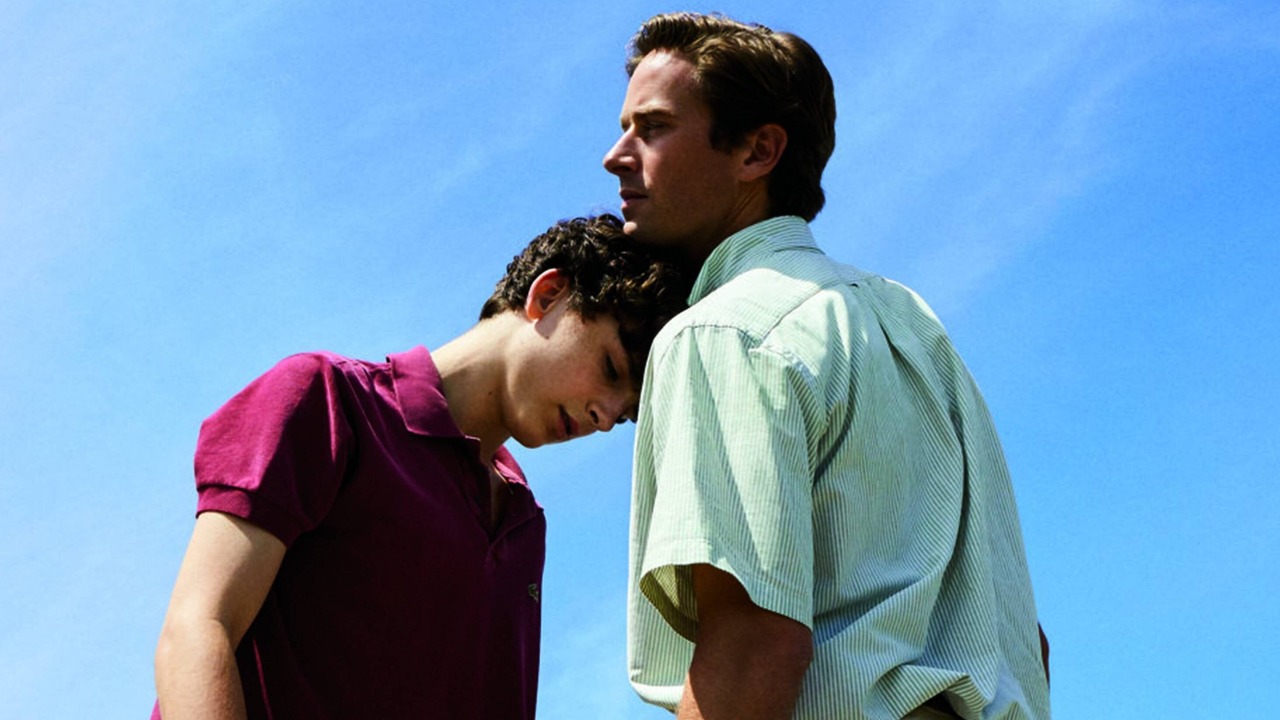In recent years, LGBTQ+ visibility in films and series has reached new heights, allowing for greater representation and understanding of diverse identities. June, known as Pride Month, serves as a reminder to celebrate and recognize the progress made in representation on screen.
There are many trans movies and spin-off series, along with a wider range of stories exploring the experiences of gay, lesbian and other members of the LGBTQ+ community. Let’s delve into the evolving landscape of LGBTQ+ representation in the media, highlighting both recent strides and changes that have occurred over the decades.
The changing landscape
Decades ago, LGBTQ+ representation in mainstream media was often limited to stereotypes and used for comedic purposes. Movies like “Ace Ventura: Pet Detective” and “The Birdcage” portrayed LGBTQ+ characters in exaggerated and one-dimensional ways. Similarly, shows like “Will & Grace” originally featured gay characters but built on stereotypes.
I’m grateful that recent films and series have moved away from these limitations, embracing a more authentic and inclusive narrative that explores the rich complexity of LGBTQ+ characters. This change has been instrumental in creating a more diverse and inclusive media landscape that resonates deeply with us as viewers.
Transgender visibility
One area that has seen significant progress in recent films and series is transgender representation. Films like “The Danish Girl” and “A Fantastic Woman” have won critical acclaim and brought transgender stories to the fore. These films explore the challenges transgender people face, highlighting their journeys of self-discovery, acceptance and resilience.
In addition, television series such as “Pose” have received praise for their authentic and nuanced portrayal of transgender characters. As I watched the lives of LGBTQ+ people unfold in the dancehall culture of the 1980s and 1990s, I couldn’t help but be moved by their stories. Such narratives offer a window into the experiences, struggles, and triumphs of transgender people, fostering empathy and understanding within us.
Gay, Lesbian and Beyond
While transgender representation has gained momentum, it is essential to acknowledge the continued presence of gay, lesbian, and other LGBTQ+ narratives in films and series. Gay movies like “Call Me by Your Name” and “Love, Simon,” and shows like Young Royals and Heartstopper have captivated us worldwide, telling heartfelt stories of love, self-discovery and acceptance. These films emphasize the universal nature of human emotions and experiences, bridging gaps and fostering empathy beyond sexual orientation.
Additionally, shows like “Orange Is the New Black” and “Gentleman Jack” have not only offered diverse and multi-faceted portrayals of lesbian characters, but have also delved into individual journeys, personal growth, and the intersection with other aspects of their identities. . These stories remind us that LGBTQ+ characters aren’t just about their sexual orientation or gender identity—they’re complex people with rich stories to tell.
The importance of visibility
The increasing visibility of LGBTQ+ characters and stories in films and series has a profound impact on both community members and us as viewers. Positive representation promotes inclusion, educates us, challenges stereotypes and promotes understanding and acceptance.
By showcasing diverse LGBTQ+ narratives, these films and series have the power to empower individuals within the community, allowing them to see themselves reflected on screen and feel validated and watched. At the same time, these stories provide invaluable opportunities for people outside the LGBTQ+ community, like you and me, to develop empathy, expand our perspectives, and challenge our prejudices.
conclusion
As we celebrate Pride Month, it’s important to recognize the remarkable progress that has been made in LGBTQ+ representation in recent films and series. There are many transgender films that have contributed to a more inclusive and representative media landscape. Additionally, the presence of gay films, lesbian narratives, and other diverse LGBTQ+ stories continues to shape and redefine our understanding of our identities and experiences.
While challenges remain, the growing visibility and acceptance of the LGBTQ+ community in mainstream media marks an important step toward equality and inclusion. As filmmakers, showrunners, and viewers, we have the power to embrace and amplify diverse narratives, creating a world where everyone can truly celebrate their authentic selves.

“Falls down a lot. Unapologetic alcohol guru. Travel specialist. Amateur beer trailblazer. Award-winning tv advocate. Hipster-friendly twitter aficionado”

